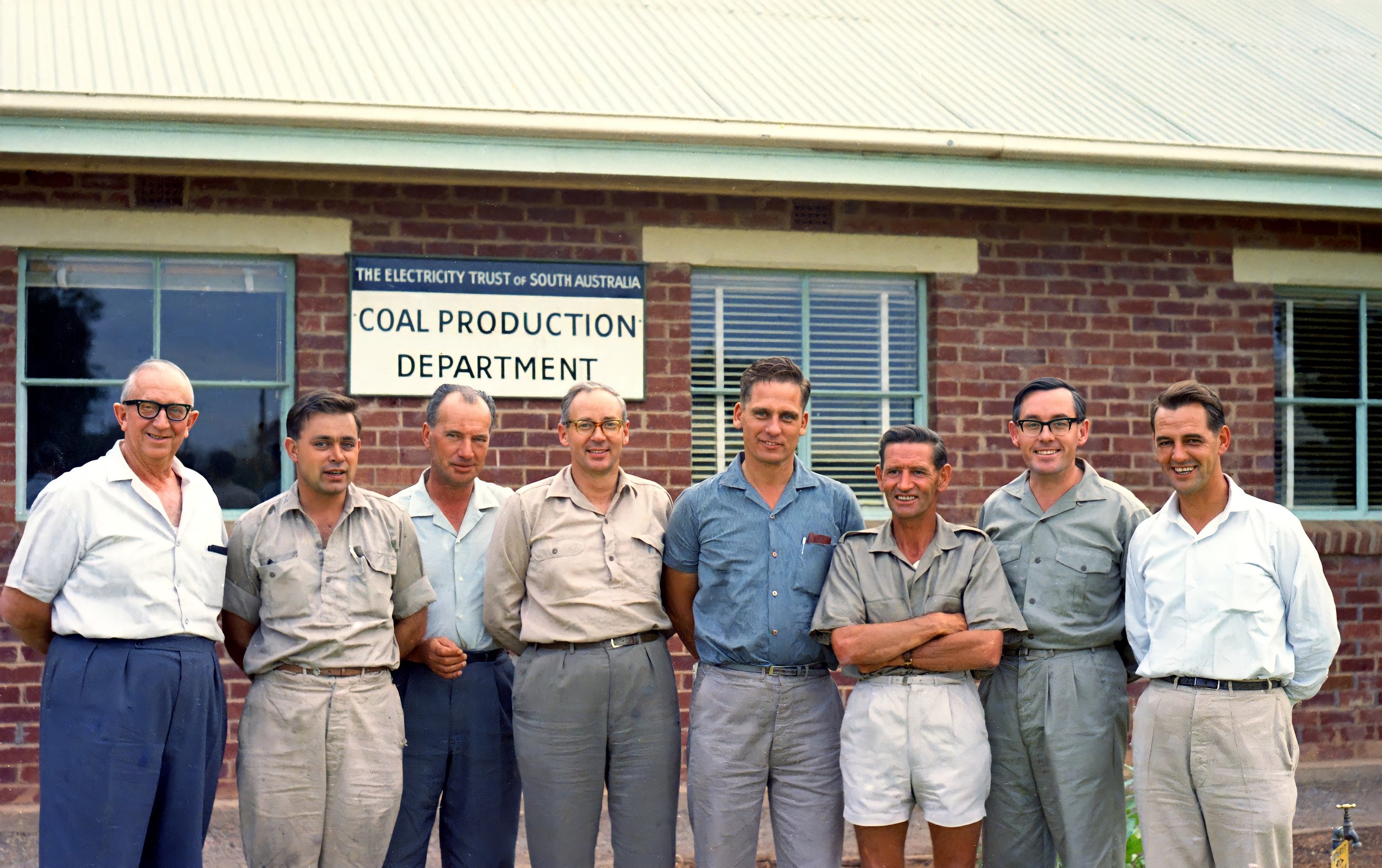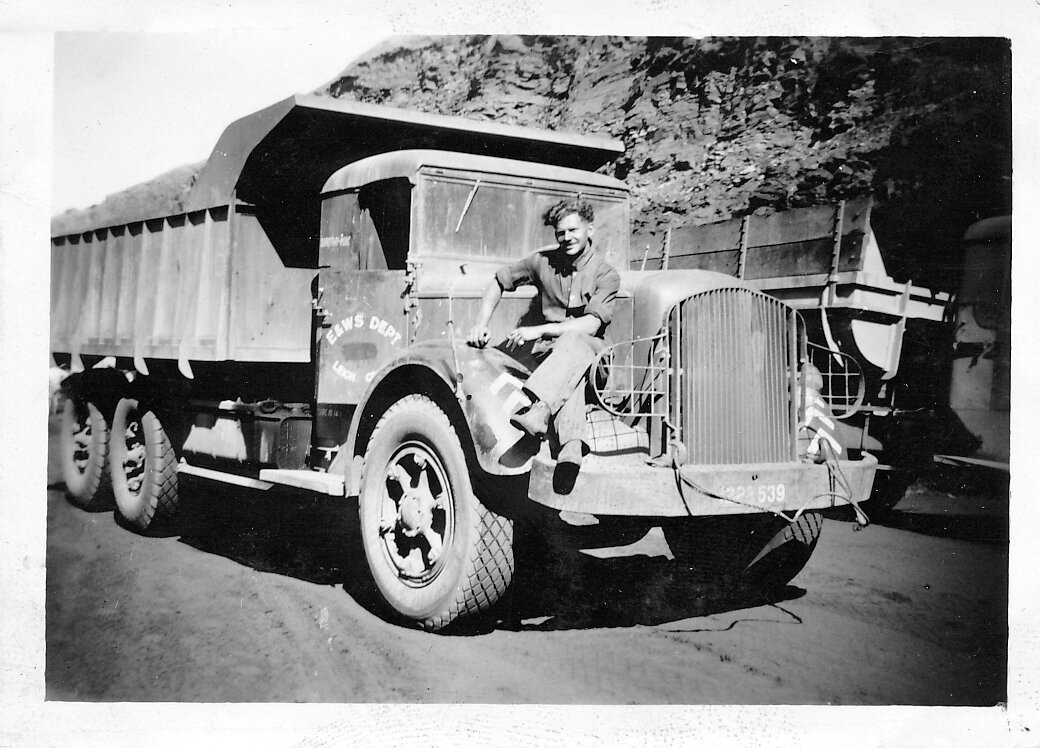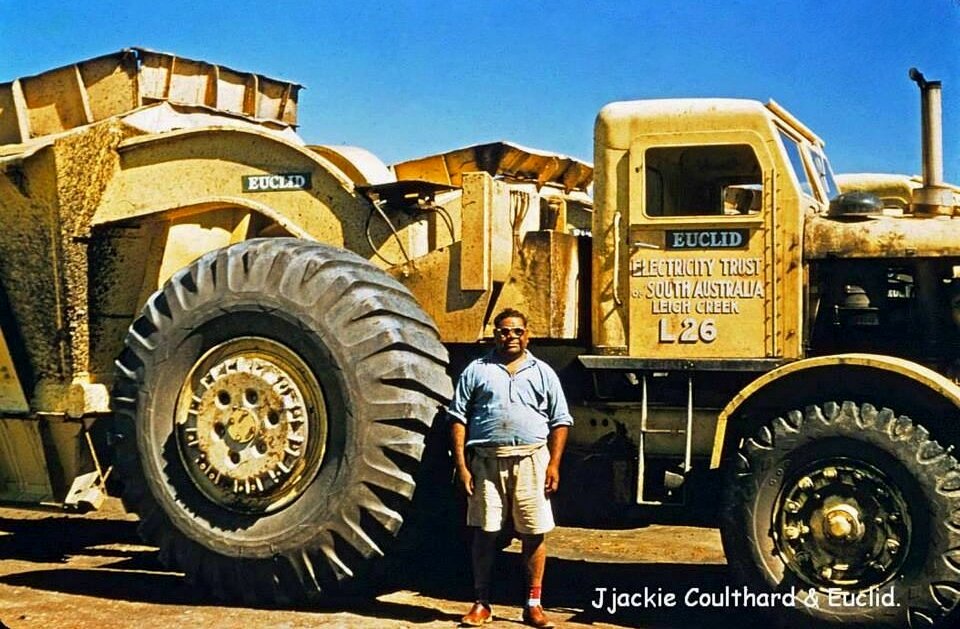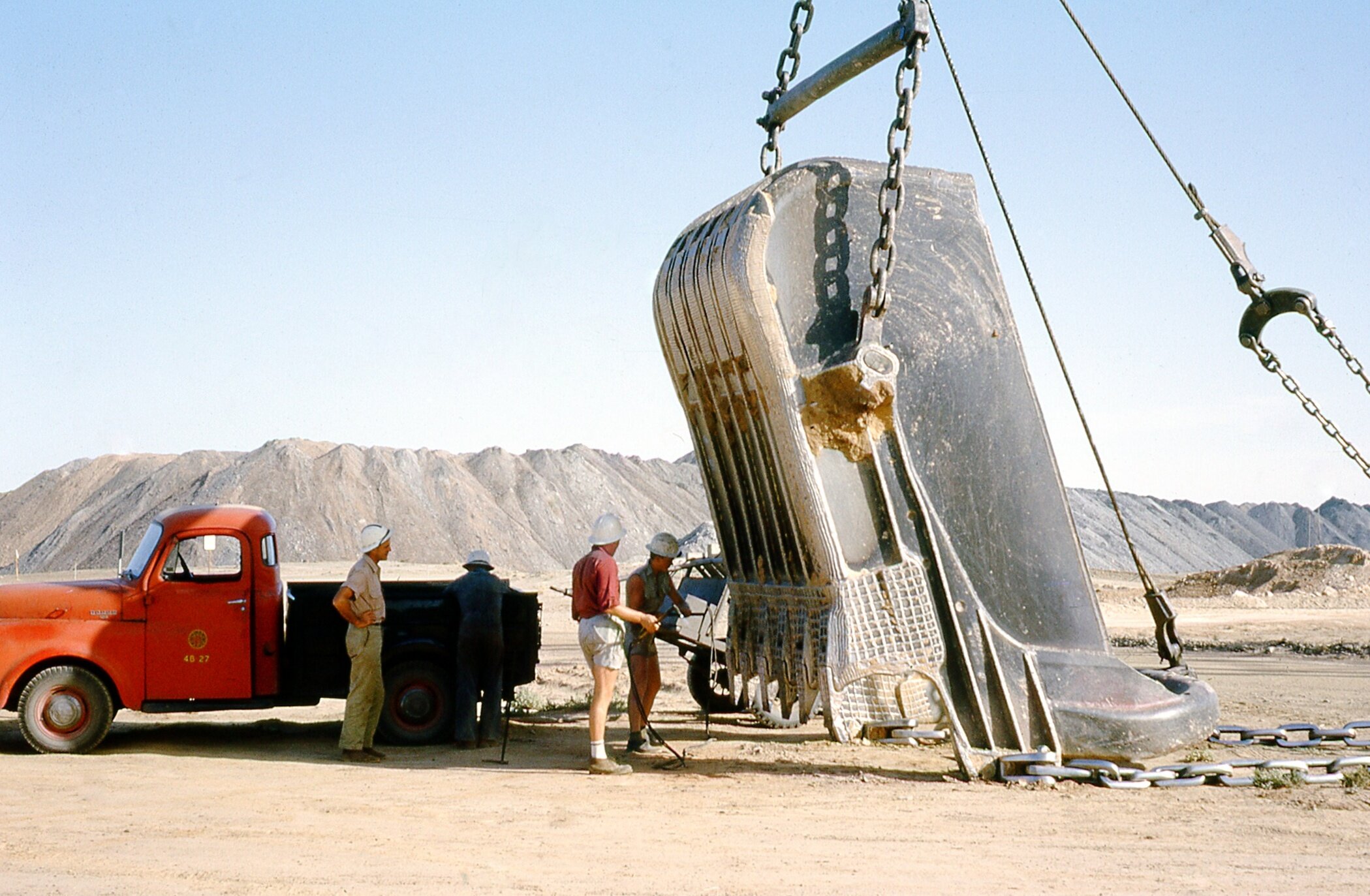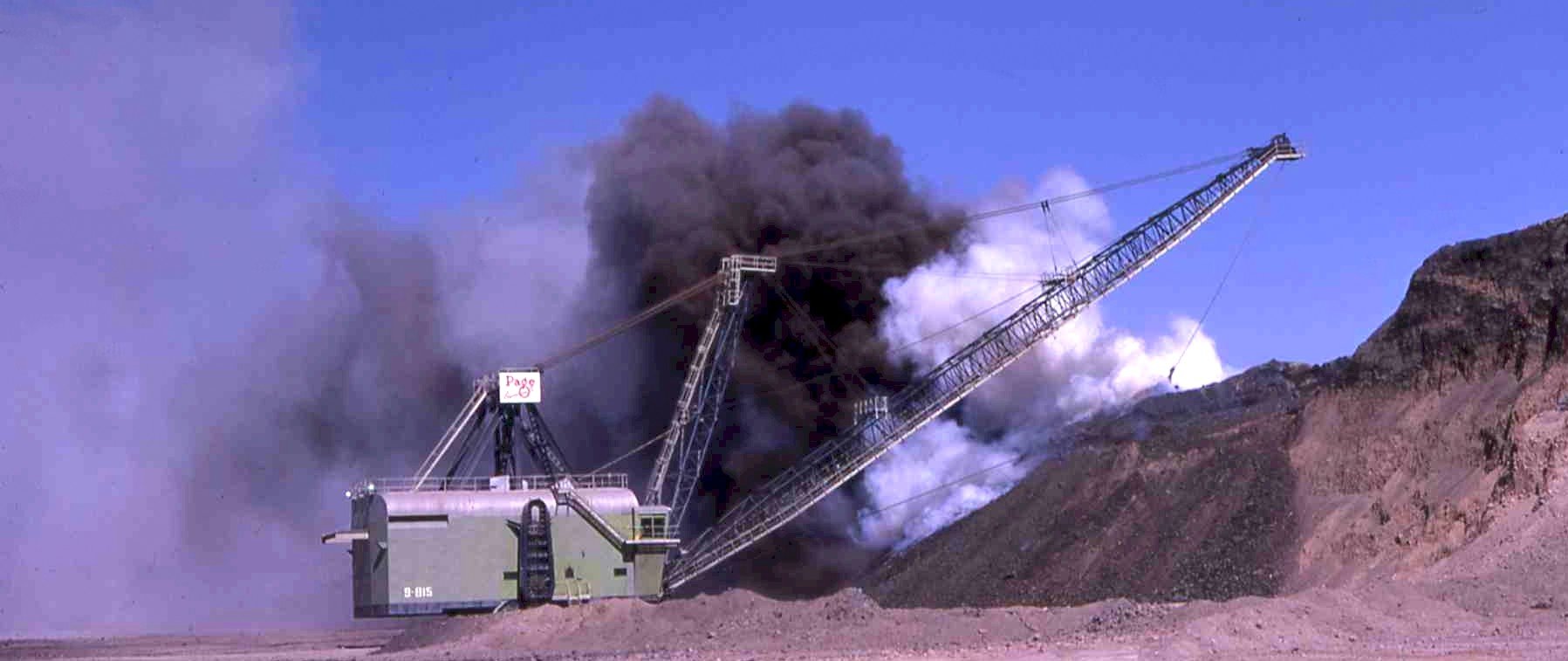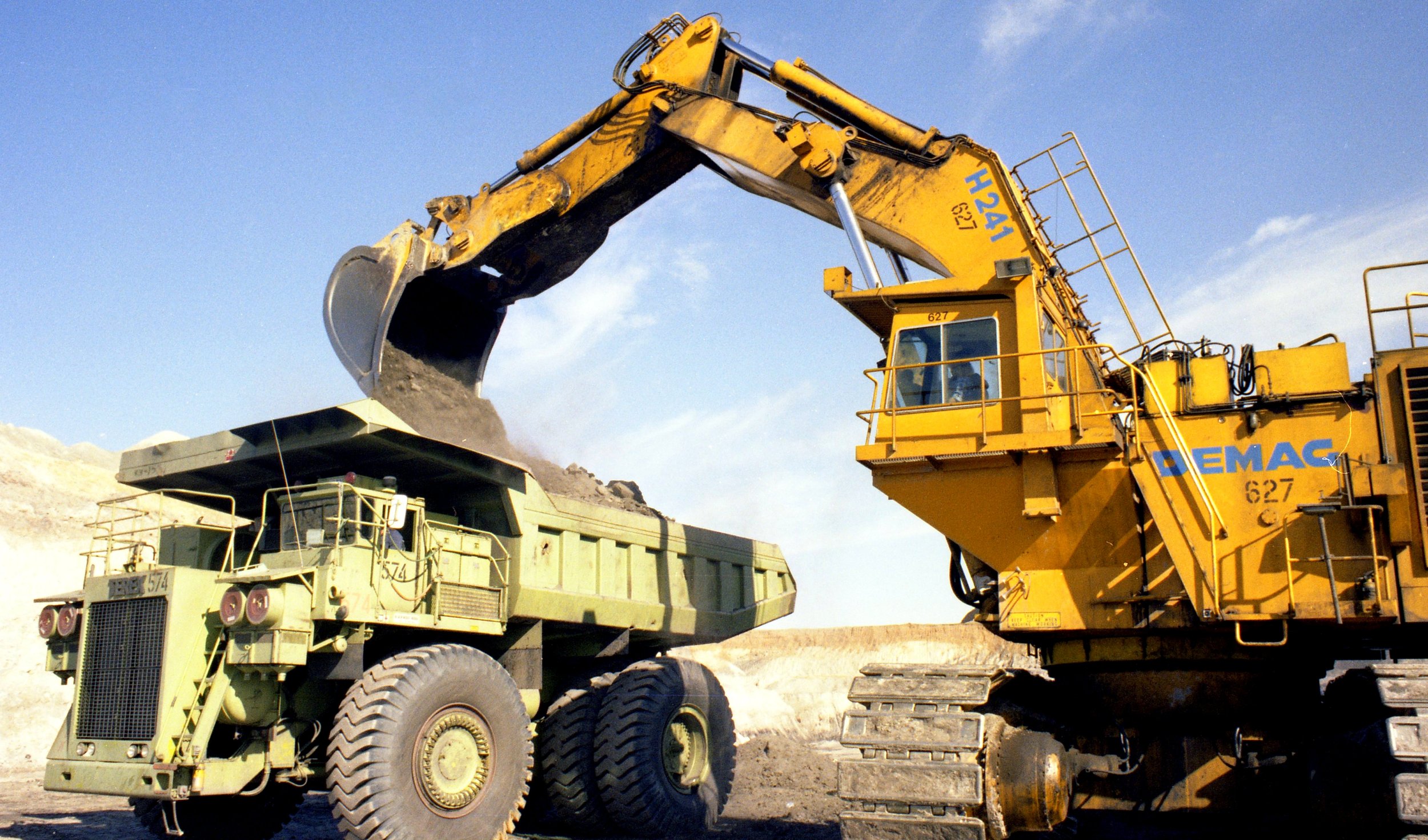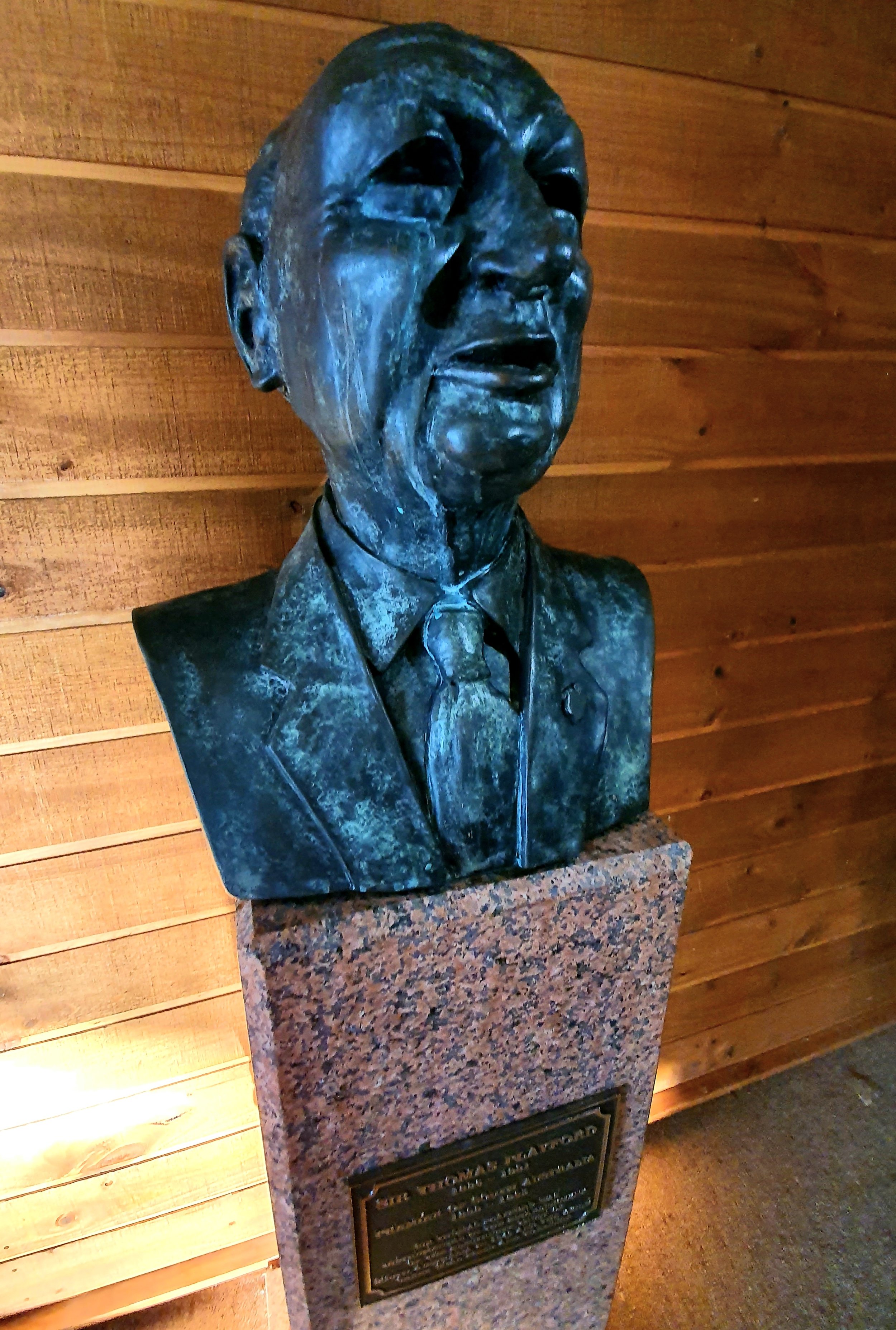The Leigh Creek Coal Mine
Leigh Creek's coal mine has a rich and fascinating history, dating back to the 19th century. However, the coal was not mined in a significant manner until 1943 when open cut mining commenced in Lobe B, an area formerly known as the ‘Telford Open Cut’. When The Electricity Trust of South Australia took control of the Coalfield in 1948 mining moved to Lobes C and D (Northfield) where it continued until 1977. The first power generation station was opened in Port Augusta in 1954 and a second in 1963. In the mid-1970s it was decided to build a bigger power station at Port Augusta, called Northern Power Station. That decision meant enlarging the coalfield at Lobe B using new methods to extract deeper coal. As Leigh Creek was located within the coal basin, The Electricity Trust of South Australia decided to move the town away from the coalfield and build a new town - known as Leigh Creek South.
Yulu’s Charcoal
The Adnyamathanha people are the traditional owners and occupants of the greater Flinders Ranges area.
Their stories tell of Yulu, the old kingfisher man, who lit the fires that created coal deposits around Leigh Creek.
The Leigh Creek Coal Mining Company
In the mid-1800s enormous efforts were being made to mine copper in the Flinders Ranges. By 1862 the mining and pastoral population north of Port Augusta was about 6,000. Over 60% of South Australia’s population lived in the Flinders Ranges. Coal was found in 1888. The Great Northern Railway Line was pushing to Government Gums (Farina) and traces of coal were found when the dam at Copley was being excavated. This caused immediate interest and the Leigh Creek Coal Mining Company was soon formed with paid up capital of £25,000. Shafts were sunk, drilling carried out and in 1892 a seam of coal was discovered at a depth of 240 feet. Some 200 tons of coal was raised but progress was slow and ceased in 1893 when coal miners dropped their tools and joined the rush to the Angepena Goldfield. Sporadic attempts to mine coal continued until the plant became derelict in 1919. The original boiler, made in Gawler at the turn of the 20th century, has been preserved and remains in the Leigh Creek township to this day. (Adelect 1974)
Playford’s Vision
Sir Thomas Playford, Premier of South Australia from 1938 to 1965, had a vision of a state that would grow to be modern, prosperous and self-reliant. As a fuel for industry and electricity generation, coal was the abundant natural resource required for the State to flourish. In 1940 Premier Playford was concerned by wartime shortages of coal supplied from the eastern states. After an urgent search for a viable local coal deposit the SA Mines Department commenced exploratory drilling at Leigh Creek in 1941 and the first coal was mined in February 1944. The birth of the Leigh Creek Coalfield became central to South Australia’s future success.
The Most Noble Order of Leigh Creeker 1944
The Formation of ETSA
The Adelaide Electric Supply Company (AESCo) started providing electricity in 1904 from a small power station in Grenfell Street. To meet demand the Osborne 'A' Power Station near Port Adelaide was opened in 1923. It was specifically designed to burn black coal imported from New South Wales. When Premier Thomas Playford drove an aggressive agenda to use Leigh Creek brown coal AESCo steadfastly refused to invest shareholders money in modification of their power station. Consequently, in 1945 the South Australian government appointed a Royal Commission which recommended it would be in the public interest to legislate government acquisition of the company. An Act was proclaimed, the company was nationalised and the Electricity Trust of South Australia (ETSA) was formed in September 1946.
The 1949 Coal Strike
During the worst national coal strike in history, increased mining at Leigh Creek Coalfield ensured South Australia coped better than other states. Three shifts a day, seven days a week, prevented factory shutdowns, gas and electricity cuts and large-scale job losses across the State. This reinforced the importance of Leigh Creek coal to the State’s economy and drove ongoing expansion of mining operations throughout the next decade. On Wednesday 29 September 1949 the Advertiser newspaper reported …. many thanks are due to the boys and domestic staff of Leigh Creek who work night and day that not only industry, but the aged and sick and small children can be provided for. Not only do I say “God bless Mr Playford for his foresight” but “God bless all at Leigh Creek”.
The Playford Power Station
One of ETSA’s priorities was to establish a power station at Pt Augusta that could burn Leigh Creek brown coal. The new Playford A power station was opened in 1954. As demand for electricity grew, the Playford B Power Station was added in 1963 and the Northern Power Station constructed in 1985. They were all demolished in 2018.
Leigh Creek Mining Operations
1981 - 2016
From the early 1990s more changes occurred in Leigh Creek. New mining technologies, restructuring of mining operations and the privatisation of ETSA all resulted in large workforce reductions. As a result, the town’s population steadily dropped from 2,500 in 1987 to less than 250 in 2016. Roughly 100 million ton of coal was mined at Leigh Creek. From 9,000 tons in 1944 the coalfield expanded to achieve up to 4 million tons per annum in the 1990s. In 2015, with a changing global emphasis on renewable energy, Alinta Energy announced the operation had become uneconomic and the last coal train left in April 2016. It was the “End of an Era” and after more than 70 years the Leigh Creek Coalfield was closed.
Sir Thomas Playford’s Legacy
Sir Thomas Playford’s vision to industrialise South Australia was far-sighted and exciting. His efforts establishing the Electricity Trust of South Australia and the Leigh Creek Coalfield ensured the economic success of South Australia for generations to come. He was appointed Knight Grand Cross of the Order of St Michael and St George, in 1957, for "unparalleled service to South Australia".


